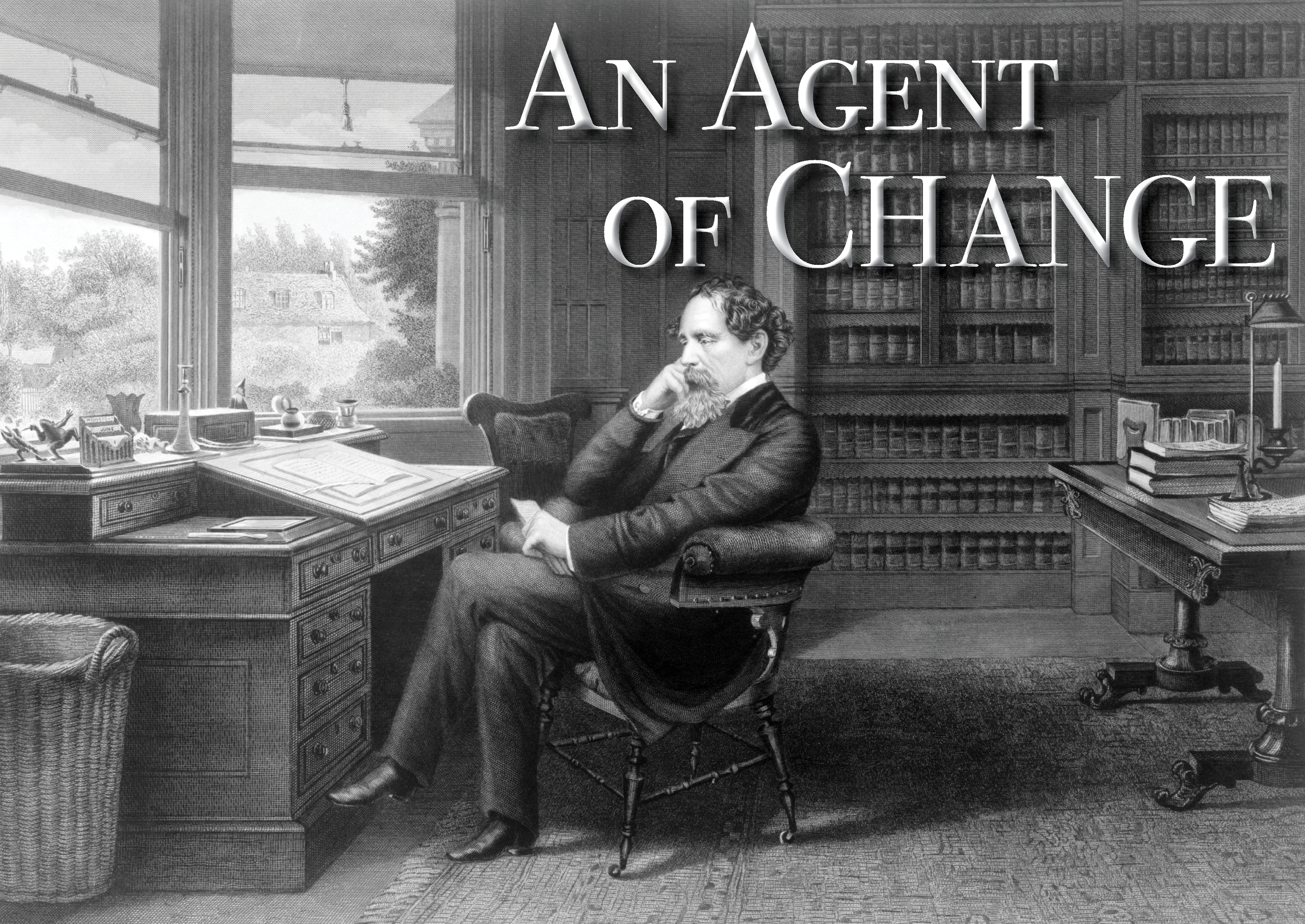
On this auspicious occasion – the 150th Anniversary of Dickens’ death – there is no shortage of notional blog topics. We could discuss the strange diet he had on days when he did his public readings (a raw egg beaten in a glass of sherry was part of it), the curious nicknames he had for his children (“Skittles” was probably a joy – who knows what went wrong with “Lucifer’s Box”), or perhaps the ivory toothpick he once used that sold at auction for $9,000.
Given everything going on in the world at the moment, we decided to give whimsy a pass and focus on a single, defining aspect of Dickens. Relevance.
As an author – arguably the most famous in the world during his lifetime – Dickens was well-known and widely read. But that can be said of many authors in many times. Part of what continues to make Dickens fascinating was how he leveraged both his literary gifts and the attention they commanded. Despite his many faults, Dickens was a force for positive social reform and change. One might even argue that for his time, he was a radical agent for social change. It seems a good time to talk about how one man used his pen to give voice to those without one, to infuse entertainment with informing empathy, and to leverage personal fame to help others less fortunate than himself.
It is impossible to look at Dickens’ interest in the poverty-stricken, down-trodden members of society without a brief introduction to his early life. Charles John Huffam Dickens was born on the 7th of February, 1812 into a modest Portsmouth household that boasted his mother, father, and an older sister. Dickens’ father was a clerk in the Navy Pay Office, and for a time the family enjoyed a modest but happy life – a lifestyle some have referred to as “gentile poverty”. At just three years old, the young Charles and his family relocated to bustling London, where his father was transferred after the end of the Napoleonic War. London proved to be a difficult life for the constantly growing family, and the charismatic John Dickens began to fall into serious debt.
At the age of twelve, young Charles was packed off to Warren’s Blacking – a boot polish manufacturer. For a time, the young boy would work from early morning until late into the night. However, soon after Charles began work his father was arrested and the entire family moved into debtor’s prison. It was only after John Dickens’ mother died, leaving behind a small inheritance for the family to pay their debts and survive on, that they were able to leave Marshalsea Prison. This period would have an immense impact on Charles Dickens’ view of the world and on his writing. He would never forget the way being so unspeakably poor had opened his eyes to the world. In short, Charles Dickens lived a truly “Dickensian” childhood, surviving in extremely poor social conditions. Though the term may have been coined based on the living conditions of characters in his books, we can see that Charles did not invent the lifestyle – nor did he have to imagine it.
Skipping ahead, after Dickens achieved success with his writing (after all, the point of this blog is to bring attention to his efforts in social reform, not to his literary successes), we see Dickens becoming an advocate for many of the less fortunate. The Victorian period in England saw many advances in industry and technology – creating a rising tide of urbanization. Industrialism was at its height, but the division of wealth between the wealthy aristocracy and the poor was beyond considerable. The working class was on the rise, true, but the poverty stricken lower class life experience would be considered untenable today in the western world. The extortion of child labor, abuse of labor practices in general, homelessness and/or a lack of sanitation in housing, prostitution and general squalor were only some of the problems facing the lower classes in Victorian England. Though many upper class citizens remained ignorant of these many difficult subjects, Dickens chose to write about them. And because he did so with compelling craft and deeply engaging stories, he was able to command attention that no conventional soapbox could rival.
Combining his skills of humor and satire with a keen observation of society at large, Dickens brought attention to the many injustices against the downtrodden in Victorian England. He did not just write about them fictionally, however. When he could, he donated his own money. When he couldn’t, or wanted to do more than simply contribute cash, he pushed the wealthy to donate their time and resources. Most often, however, he used his fame and celebrity, but most of all talent to aid charitable institutions. Dickens was no stranger to giving speeches, performing readings, or writing articles for causes he believed in. Over his lifetime, he in some way supported at least 43 charitable institutions. Some of these included the Poor Man’s Guardian Society, the Birmingham and Midland Institute, the Metropolitan Sanitary Association, The Orphan Working School, the Royal Hospital for the Incurables, and the Hospital for Sick Children.

One of Dickens’ most well-known and sustained philanthropic efforts was his work with the notable (and extremely wealthy) Miss Angela Burdett Coutts. The two met and became close friends in 1839, and were in contact for many years before Dickens approached her with an idea – a home for homeless and “fallen” women. Dickens wanted to get these women off the streets – many of whom had turned to a life of prostitution to survive – and teach them skills to make a living or marry and have a family. Dickens oversaw every part of this project – from finding the home to helping pick out candidates. Urania Cottage, as it was called, provided safety, a home and support to homeless and fallen girls and turned out dozens of recharged women over a ten year period. Until a rift with Coutts developed in 1859, Dickens worked tirelessly on behalf of his charity for women.
Now, Urania Cottage is just a single example of Dickens’ generosity. He gave to organizations, institutions, and even to families and individuals as often as he could. We have already mentioned how he was able to use his talents in both writing and readings to bring attention and awareness to difficult subjects. He also put forth tireless efforts into the Field Lane Ragged School – a school for destitute children, run by Evangelicals. Though Dickens had reservations about the religious leader of the school, he enthusiastically gave his time, money and resources into creating a safe space for these children to learn “religious instruction, elementary education, training in trades and food” (J. Don Vann) through volunteers in evening classes. He believed in free education, and thought that through equal (and therefore free) tuition throughout England, crime and destitution would decrease. He was not wrong.
The take away from these stories is this… here was arguably the most famous writer in the world since Shakespeare, scouting homes and schools himself for the poor and the homeless, using his time and influence to gain money and support, and keeping involved in the running of the charities even after they were set up. Dickens was not simply an armchair philanthropist. He put himself in the thick of it and wanted desperately to make a difference. Though scholars have occasionally thought it impossible to legitimately trace any direct reform legislation to Dickens’ work, there can be no doubt that he opened up discussions and used intelligence and humor to bring attention to social abuses and system deficiencies. Charles Dickens showed us one path that could be used to direct change – not the only path.
Though as Dickens scholars and purveyors of his work we adore the satire and intelligence of his literature, we realize this does not absolve him of any wrong doings in his personal life and sphere. We are not, under any circumstances, promoting Dickens as the perfect humanitarian. As we stated earlier, he certainly had his faults. But what we can learn from Mr. Dickens, especially in a time such as this – a time of radical positive change, but also of confusion and pain – is that nothing at all will happen if we don’t first put forth the effort.
As actor and Dickens scholar Simon Callow once said: “The reason I love him so deeply is that, having experienced the lower depths, he never ceased, till the day he died, to commit himself, both in his work and in his life, to trying to right the wrongs inflicted by society, above all, perhaps by giving the dispossessed a voice… From the moment he started to write, he spoke for the people, and the people loved him for it, as do I.”
Further Dickens reading & information:
Dickens in a Crisis 150th Anniversary YouTube video
Bleecker Street Media
Denton Dickens Fellowship
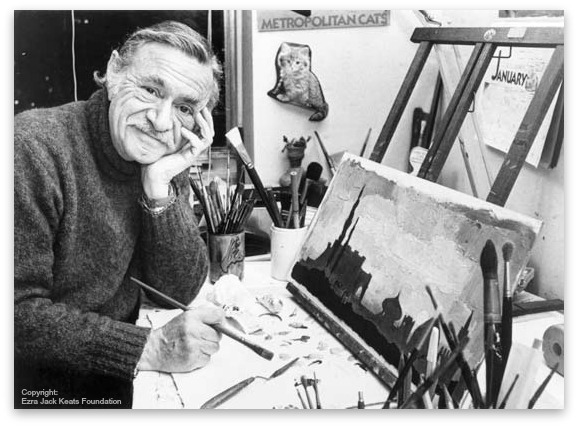
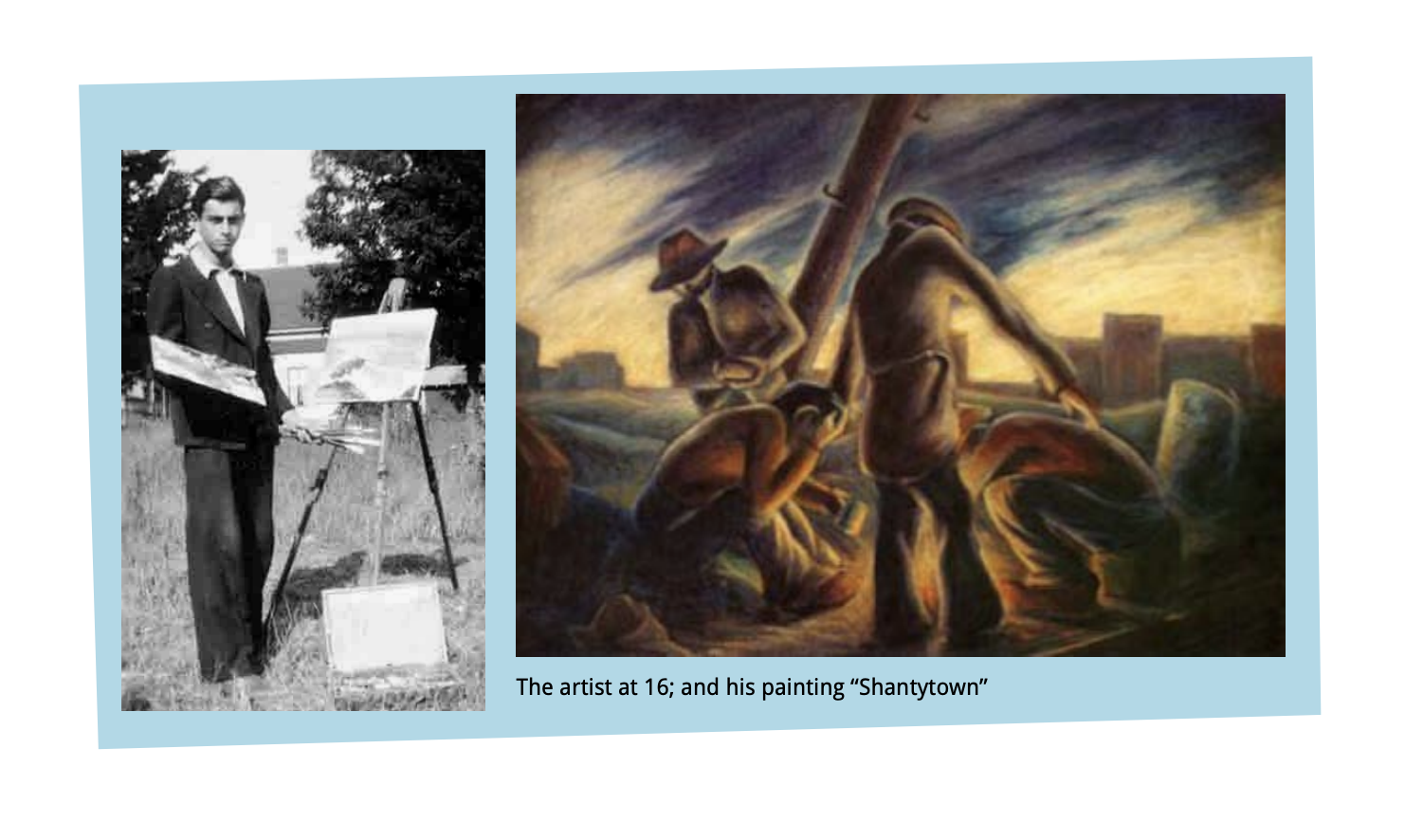




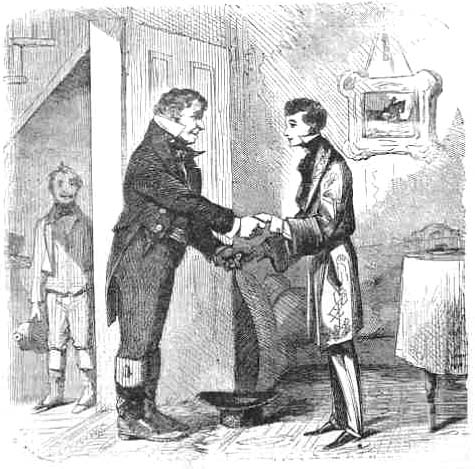 Starting with a short overview of the story (for the .000001% of you that have been living under a rock these past 160 years), we can come to look at the “expectations” housed within and see what we can decipher from the moral tale it holds. When young orphan Pip encounters an escaped criminal hiding in a churchyard one Christmas Eve, it gives him the fright of his life. The young boy is scared into thieving for the convict, and though the criminal is recaptured and clears Pip of suspicion, the incident colors Pip’s outlook on life. The young boy is sent to the house of the spinster and slightly mad Miss Havisham, to be used as entertainment for the lady and her adopted, aloof and haughty daughter Estella. Pip falls in love with Estella and visits them regularly until he is old enough to be taught a trade as an apprentice blacksmith. Four years into Pip’s apprenticeship, however, a lawyer arrives with news that Pip has anonymously been provided with enough money to become a gentleman. An astonished Pip heads to London to begin his new life, assuming Miss Havisham is to thank for his unexpected new windfall. Once in London the young Pip is introduced into some society, and makes new friends. His heart still belonging to Estella, he is ashamed of his previous life and expects his social advancement, new wealth and sudden social standing to sway her emotions towards him more favorably. It does not, Estella remains cold as ever, and Pip’s illusions are finally shattered when he realizes that his benefactor is not Miss Havisham at all, but the escaped convict Magwitch whom he helped in the churchyard all those years before. Through many mishaps and misfortunes, Pip and his friends attempt to help Magwitch escape England (which is ultimately unsuccessful), where he had returned to simply to make himself known to Pip. Pip learns valuable lessons throughout the story – interestingly not necessarily from those with money and social standing, but more often than not from those in his own class. The story has a kind ending, with Pip and an altered, warmer Estella walking hand in hand over a decade after her initial rejection of him (though Dickens originally planned a more likely, yet more disheartening end to the story and was convinced by Edward Bulwer-Lytton to change it).
Starting with a short overview of the story (for the .000001% of you that have been living under a rock these past 160 years), we can come to look at the “expectations” housed within and see what we can decipher from the moral tale it holds. When young orphan Pip encounters an escaped criminal hiding in a churchyard one Christmas Eve, it gives him the fright of his life. The young boy is scared into thieving for the convict, and though the criminal is recaptured and clears Pip of suspicion, the incident colors Pip’s outlook on life. The young boy is sent to the house of the spinster and slightly mad Miss Havisham, to be used as entertainment for the lady and her adopted, aloof and haughty daughter Estella. Pip falls in love with Estella and visits them regularly until he is old enough to be taught a trade as an apprentice blacksmith. Four years into Pip’s apprenticeship, however, a lawyer arrives with news that Pip has anonymously been provided with enough money to become a gentleman. An astonished Pip heads to London to begin his new life, assuming Miss Havisham is to thank for his unexpected new windfall. Once in London the young Pip is introduced into some society, and makes new friends. His heart still belonging to Estella, he is ashamed of his previous life and expects his social advancement, new wealth and sudden social standing to sway her emotions towards him more favorably. It does not, Estella remains cold as ever, and Pip’s illusions are finally shattered when he realizes that his benefactor is not Miss Havisham at all, but the escaped convict Magwitch whom he helped in the churchyard all those years before. Through many mishaps and misfortunes, Pip and his friends attempt to help Magwitch escape England (which is ultimately unsuccessful), where he had returned to simply to make himself known to Pip. Pip learns valuable lessons throughout the story – interestingly not necessarily from those with money and social standing, but more often than not from those in his own class. The story has a kind ending, with Pip and an altered, warmer Estella walking hand in hand over a decade after her initial rejection of him (though Dickens originally planned a more likely, yet more disheartening end to the story and was convinced by Edward Bulwer-Lytton to change it).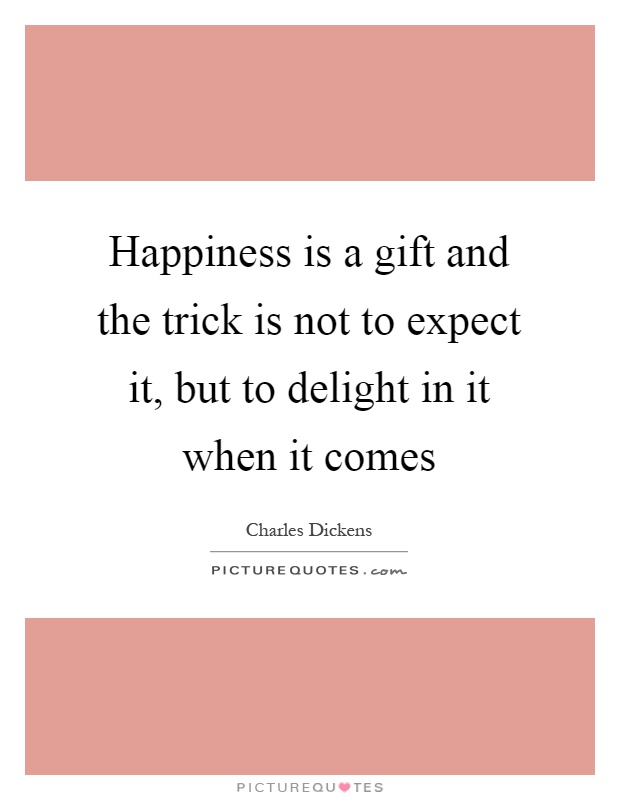
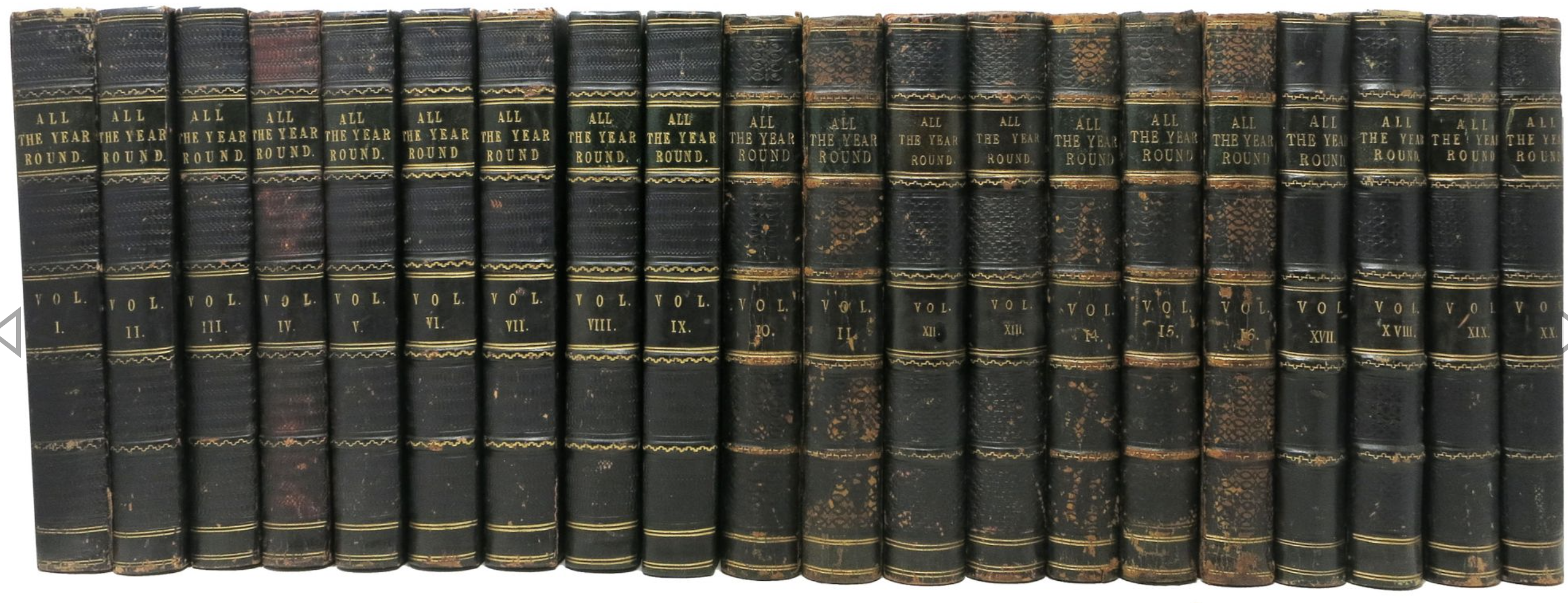
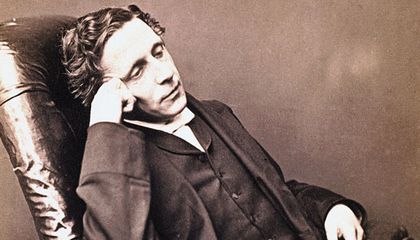

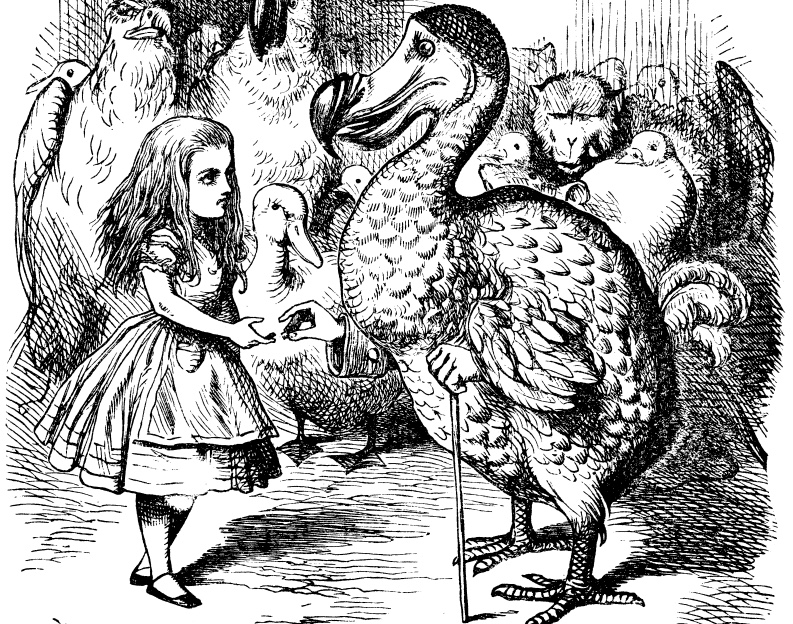
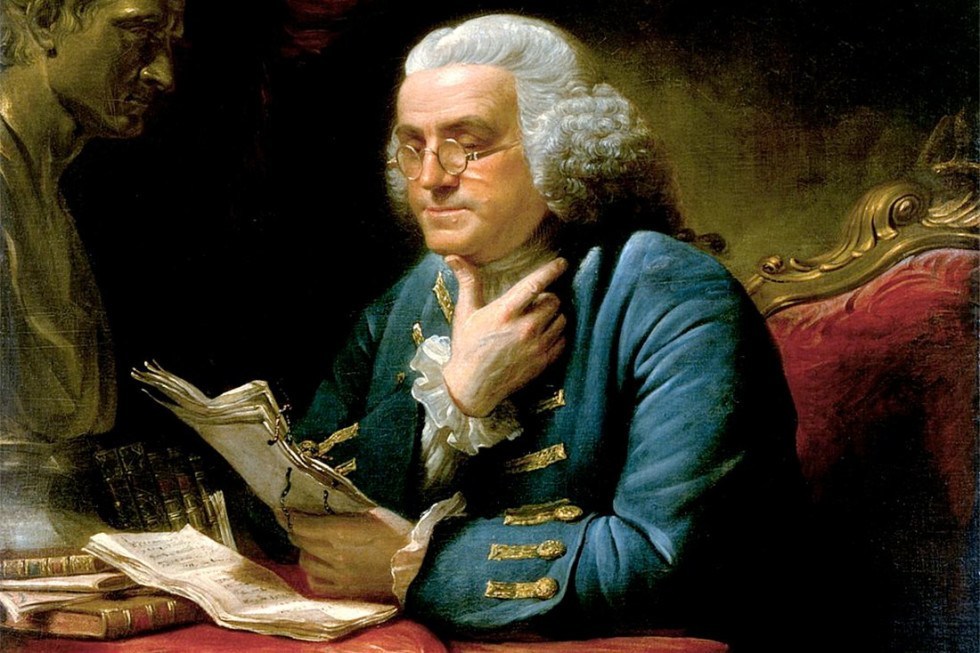
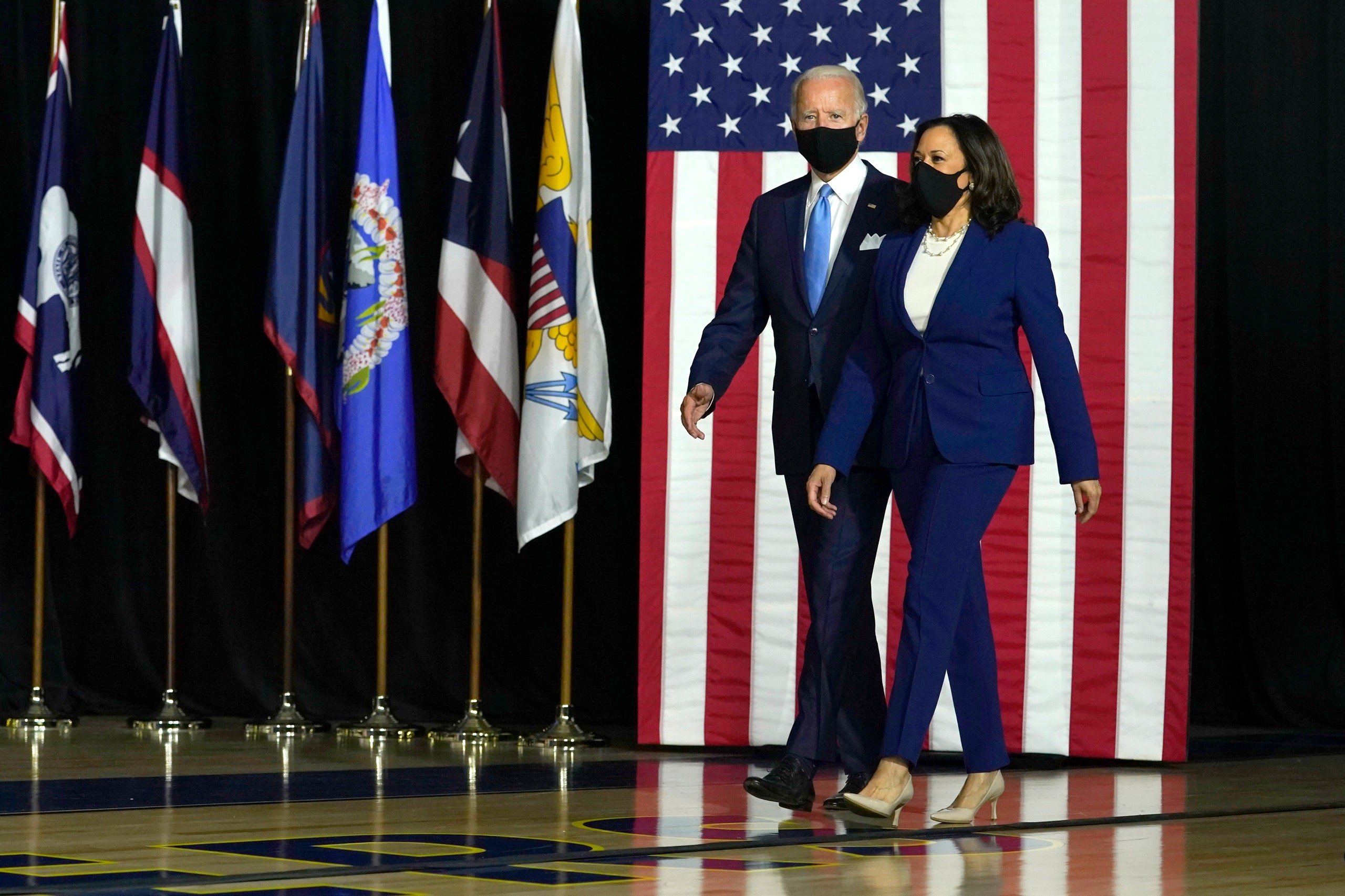
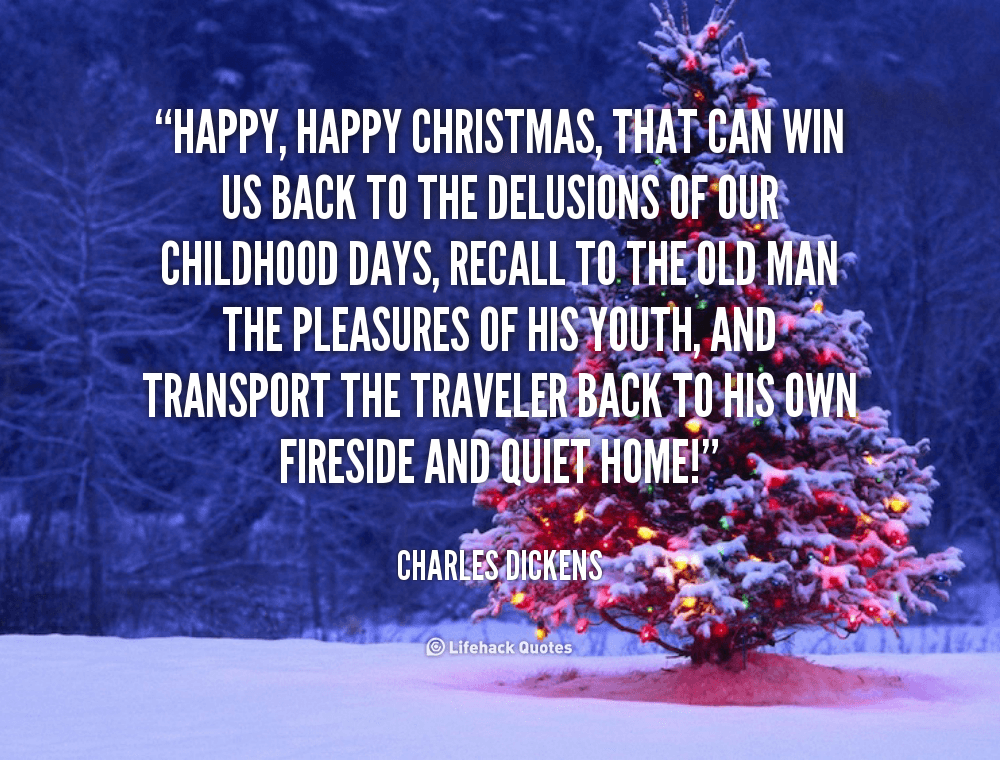
 Before Dickens published A Christmas Carol (written in only a six short weeks, and published the week before Christmas at considerable expense to Mr. Dickens), he and his wife Catherine were experiencing your average hardships. They were expecting their fifth child, and supplications of money from his aging father and family, with dwindling sales from his previous works had put him into a tough financial place. In the fall of 1843, a 31-year-old Dickens was asked to deliver a speech in Manchester, supporting adult education for manufacturing workers there. His extreme interest in the subject (one that hit a bit too close to home, I believe) and his resolve to aid the lowly pushed an idea to the forefront of his mind – a speech can only do so much… to get to the crux of the matter he would need to get into the hearts, minds and homes of his readership and country. As the idea for A Christmas Carol took shape and his writings began, Dickens himself became utterly obsessed with his own story. As his friend John Forster remarked, Dickens
Before Dickens published A Christmas Carol (written in only a six short weeks, and published the week before Christmas at considerable expense to Mr. Dickens), he and his wife Catherine were experiencing your average hardships. They were expecting their fifth child, and supplications of money from his aging father and family, with dwindling sales from his previous works had put him into a tough financial place. In the fall of 1843, a 31-year-old Dickens was asked to deliver a speech in Manchester, supporting adult education for manufacturing workers there. His extreme interest in the subject (one that hit a bit too close to home, I believe) and his resolve to aid the lowly pushed an idea to the forefront of his mind – a speech can only do so much… to get to the crux of the matter he would need to get into the hearts, minds and homes of his readership and country. As the idea for A Christmas Carol took shape and his writings began, Dickens himself became utterly obsessed with his own story. As his friend John Forster remarked, Dickens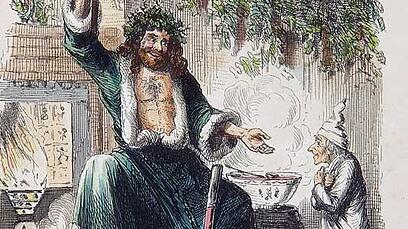
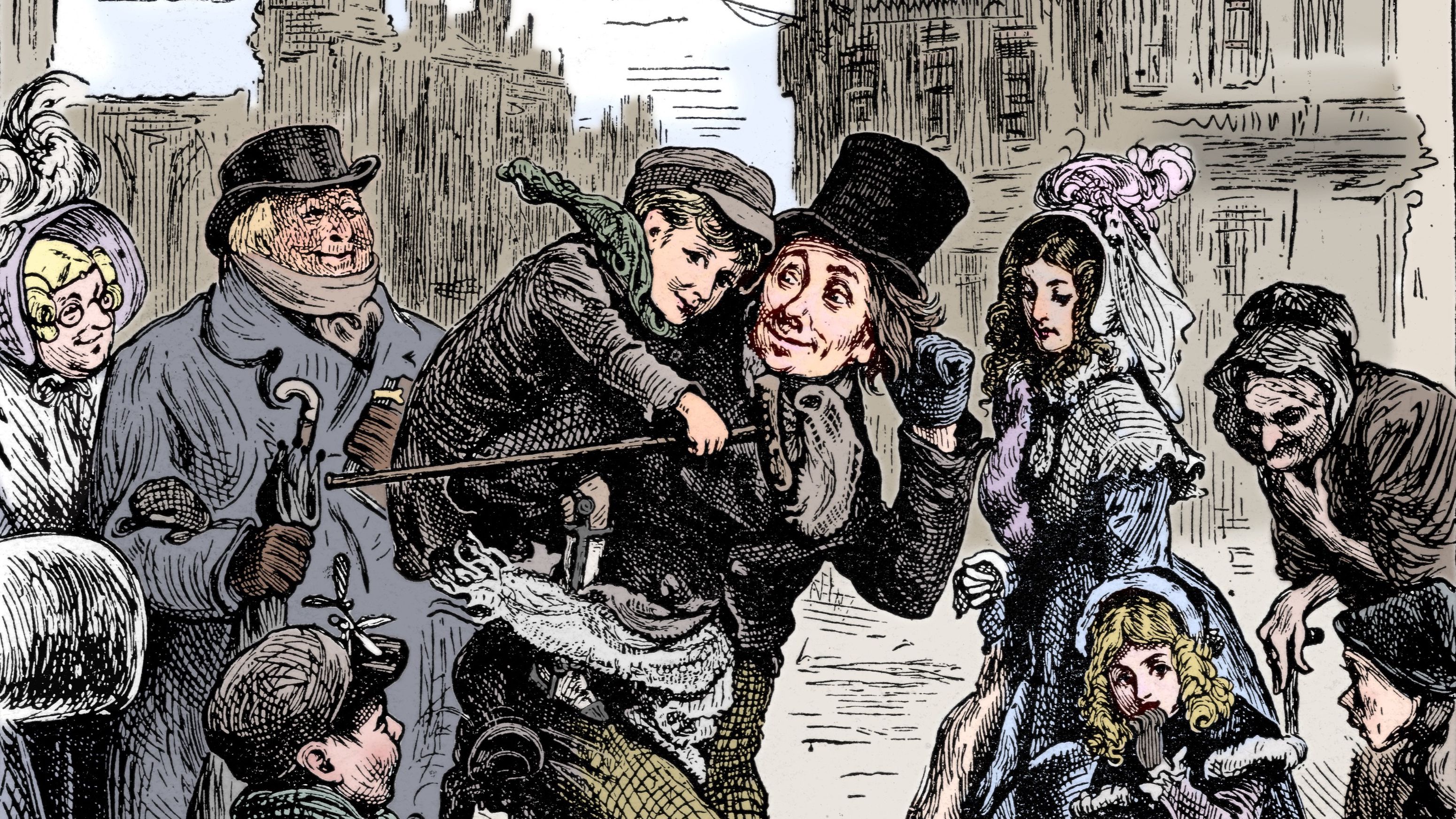

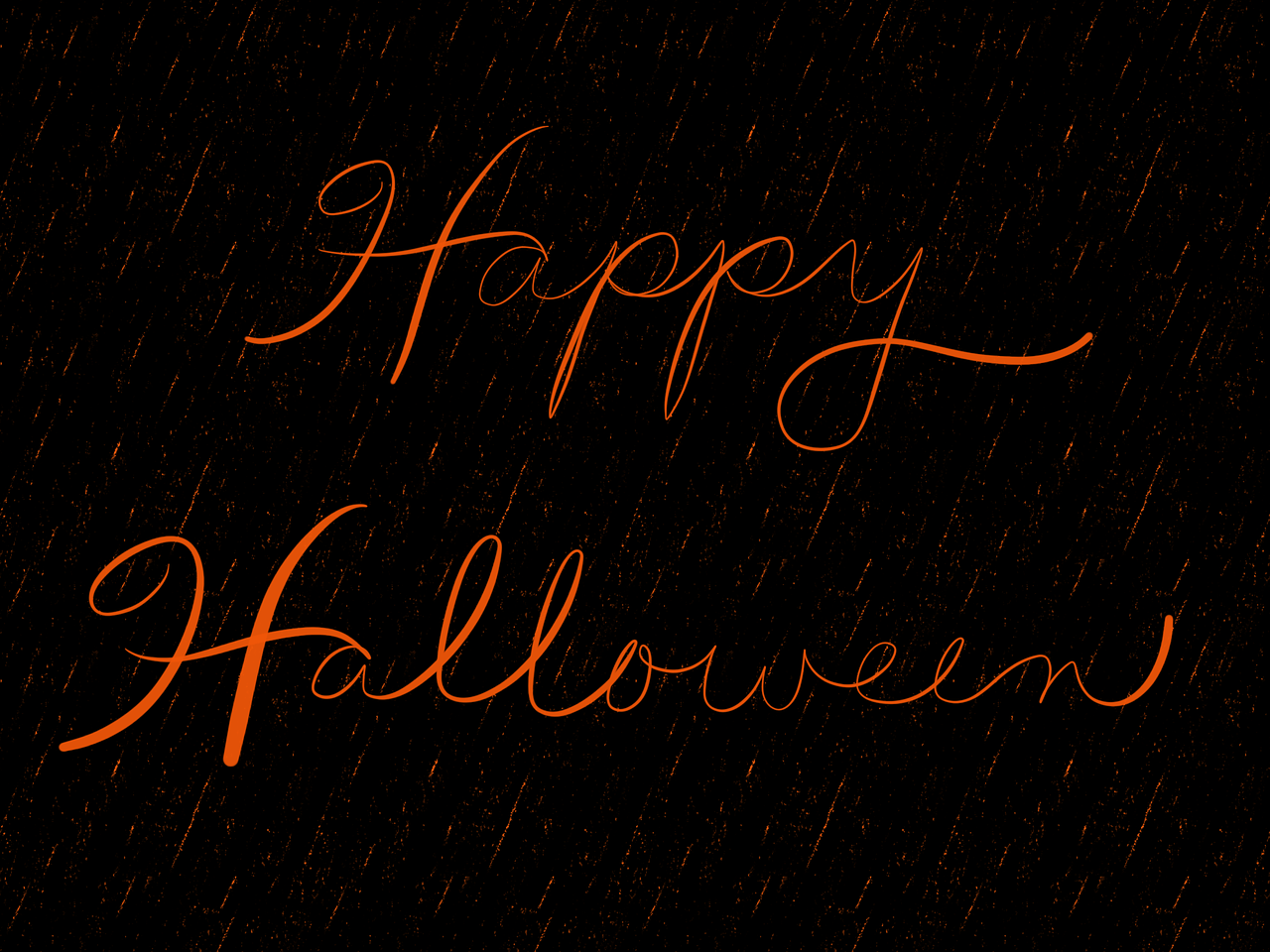
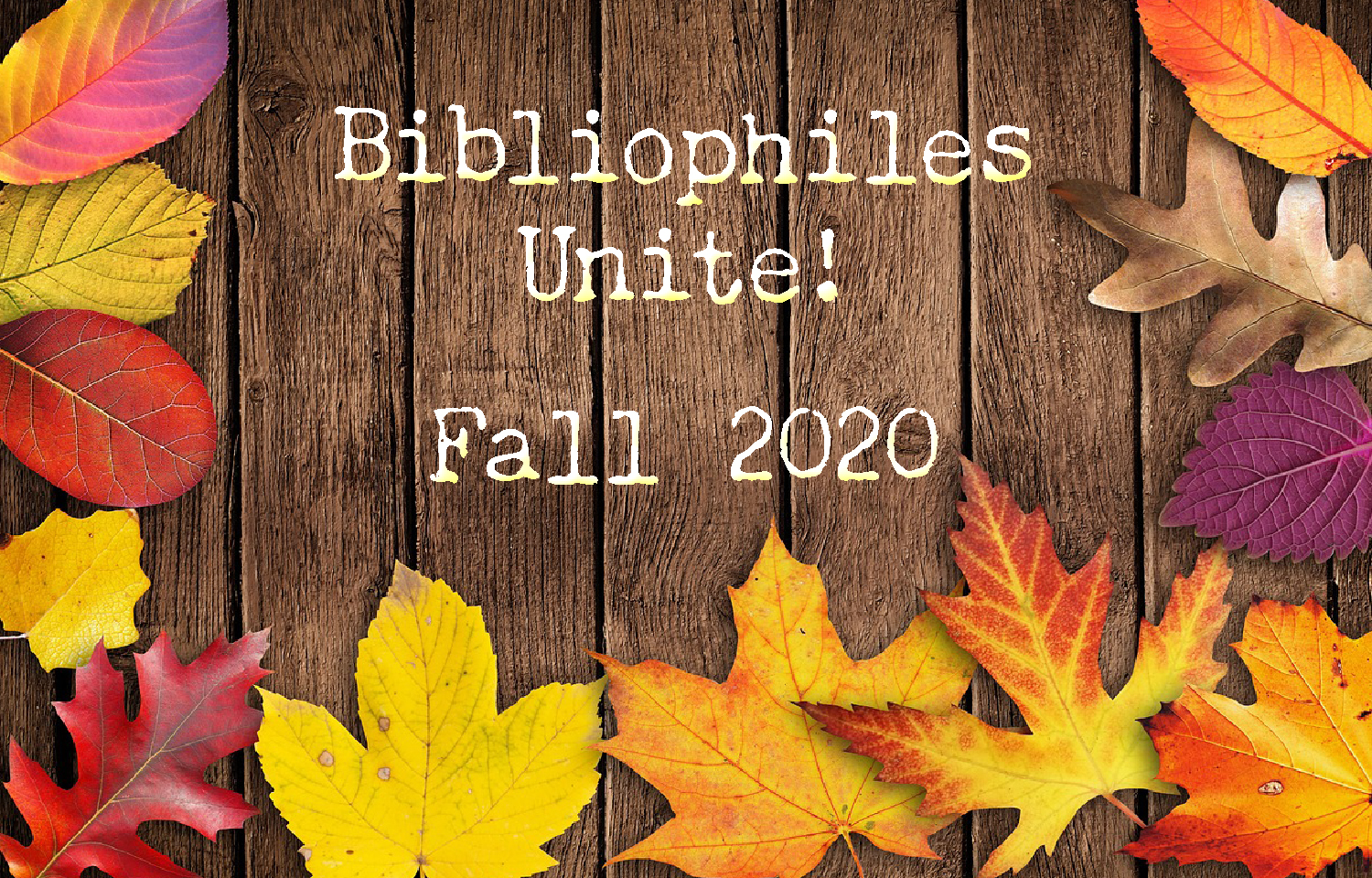

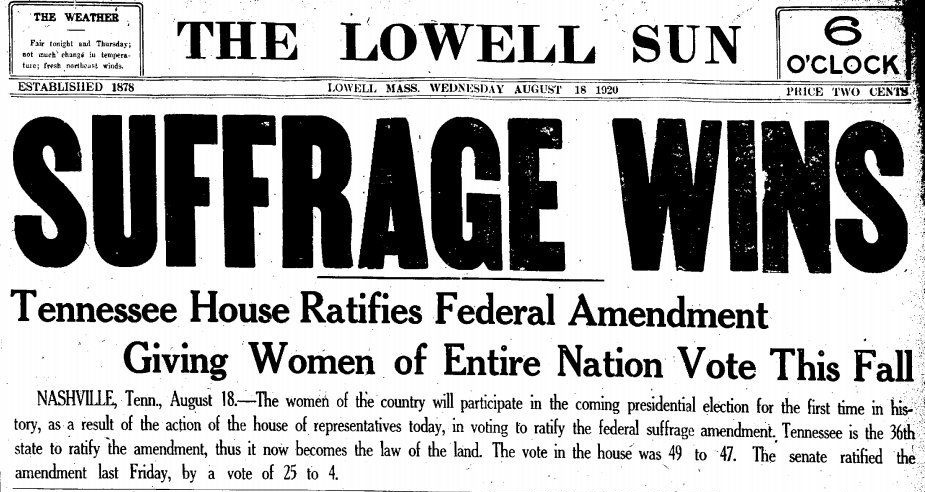
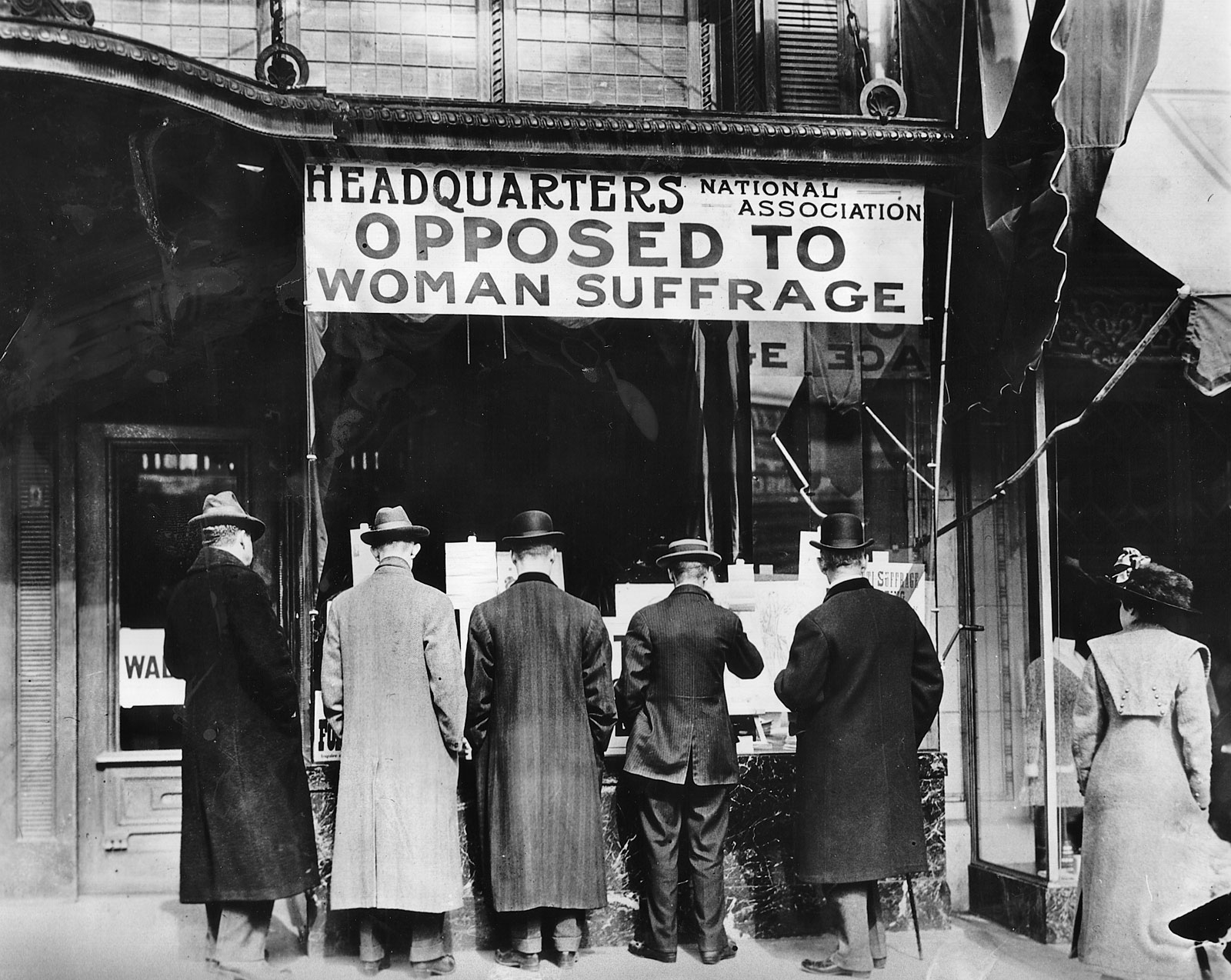 The opposition of female public speaking wasn’t simply a hurdle. Much of the opposition was so strong that it led to violence. Many female conventions and rallies were disrupted with extreme forcefulness and cruelty, inciting suffrage leader Susan B. Anthony to state this: “No advanced step taken by women has been so bitterly contested as that of speaking in public. For nothing which they have attempted, not even to secure the suffrage, have they been so abused, condemned and antagonized.” Her statement cemented the fact that it was not so much the idea of women voting that bothered their contemporaries, but rather it was women breaking out of the cages they had for so long been held and standing up for themselves publicly that was the problem.
The opposition of female public speaking wasn’t simply a hurdle. Much of the opposition was so strong that it led to violence. Many female conventions and rallies were disrupted with extreme forcefulness and cruelty, inciting suffrage leader Susan B. Anthony to state this: “No advanced step taken by women has been so bitterly contested as that of speaking in public. For nothing which they have attempted, not even to secure the suffrage, have they been so abused, condemned and antagonized.” Her statement cemented the fact that it was not so much the idea of women voting that bothered their contemporaries, but rather it was women breaking out of the cages they had for so long been held and standing up for themselves publicly that was the problem. 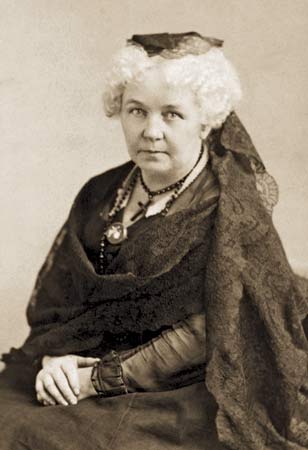 In 1869, Elizabeth Cady Stanton and Susan B. Anthony (two of the main “heavy hitters” in the suffrage movement) joined forces to create the National Woman Suffrage Association, and began the fight for a “universal suffrage amendment to the U.S. Constitution” (History.com). It was Stanton’s belief early on that the only way to change the way women were treated was through government political reform. While some believed that though women deserved rights, support, protection (from domestic abuse) and equal pay – they did not necessarily require the right to vote, Stanton believed the right to vote was integral to all the other matters listed. And she was not wrong. The same year, Lucy Stone, Julia Ward Howe and Henry Blackwell formed the American Woman Suffrage Association (AWSA). These two leagues were enmeshed in a bitter feud that would last decades, their participants disagreeing on the Fifteenth Amendment – allowing African American men the right to vote. Some, like Stanton and Anthony, rejected the Amendment, believing that woman’s suffrage was more important, and mistakenly believing that African American men opposed women’s suffrage and would fight against their cause. Stone and other members of AERA, on the other hand, supported their previously oppressed fellow citizens and supported their victories, in hopes they would help support the women’s movement in return. This is not to say that racial bias did not exist in both organizations, as it most definitely did, despite both groups being strongly associated with the abolitionist movement. Their rivalry would last until 1890.
In 1869, Elizabeth Cady Stanton and Susan B. Anthony (two of the main “heavy hitters” in the suffrage movement) joined forces to create the National Woman Suffrage Association, and began the fight for a “universal suffrage amendment to the U.S. Constitution” (History.com). It was Stanton’s belief early on that the only way to change the way women were treated was through government political reform. While some believed that though women deserved rights, support, protection (from domestic abuse) and equal pay – they did not necessarily require the right to vote, Stanton believed the right to vote was integral to all the other matters listed. And she was not wrong. The same year, Lucy Stone, Julia Ward Howe and Henry Blackwell formed the American Woman Suffrage Association (AWSA). These two leagues were enmeshed in a bitter feud that would last decades, their participants disagreeing on the Fifteenth Amendment – allowing African American men the right to vote. Some, like Stanton and Anthony, rejected the Amendment, believing that woman’s suffrage was more important, and mistakenly believing that African American men opposed women’s suffrage and would fight against their cause. Stone and other members of AERA, on the other hand, supported their previously oppressed fellow citizens and supported their victories, in hopes they would help support the women’s movement in return. This is not to say that racial bias did not exist in both organizations, as it most definitely did, despite both groups being strongly associated with the abolitionist movement. Their rivalry would last until 1890.

 In 1910, some of the Western states slowly began extending the vote to their female citizens. State by state, women were gaining rights (though there was still a significant ways to go). States in the South and the Northeast resisted. WWI once again slowed the momentum of the party, but women’s work in the war effort helped to engender support for their intelligence and abilities in the long run. Their aid proved their patriotism and that they were as deserving of rights as men were. A parade for women’s rights in 1917 in New York City consisted of hundreds of women, carrying placards with over 1 million female signatures on them… a far cry from where they started out, with less than 1% of the population’s support.
In 1910, some of the Western states slowly began extending the vote to their female citizens. State by state, women were gaining rights (though there was still a significant ways to go). States in the South and the Northeast resisted. WWI once again slowed the momentum of the party, but women’s work in the war effort helped to engender support for their intelligence and abilities in the long run. Their aid proved their patriotism and that they were as deserving of rights as men were. A parade for women’s rights in 1917 in New York City consisted of hundreds of women, carrying placards with over 1 million female signatures on them… a far cry from where they started out, with less than 1% of the population’s support. 


